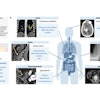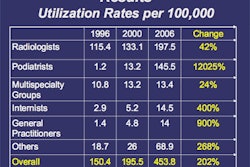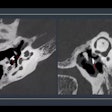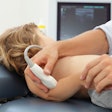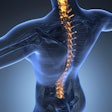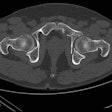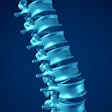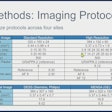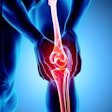Dear Musculoskeletal Imaging Insider,
This edition of the Insider features a South Korean study that found that 3D isotropic proton density-weighted MR imaging with multiplanar reconstruction is comparable to 2D MR imaging in diagnostic evaluation of the knee.
In independent reviews of images for five knee conditions, the sensitivity, specificity, and accuracy of 2D and 3D isotropic MRI were remarkably similar. Read more about this Insider Exclusive by clicking here.
Also in this issue is interesting research from Stanford University, where sodium MRI is being used to detect signs of cartilage deterioration that could lead to osteoarthritis. Three-tesla MRI is making the technique more feasible, but there are still some challenges. Read more about the encouraging progress and see the technique up close in this report.
We're also featuring a study that indicates that MRI may help guide orthopedic treatment planning by identifying meniscal tears that are likely to develop into bucket handle tear pathology. Researchers from Thomas Jefferson University in Philadelphia found that vertically oriented medial meniscal tears involving both articular surfaces, the posterior horn, and the red zone may predispose individuals to a future medial meniscal bucket handle tear. Details on their endeavor can be found by clicking here.
Staff writer Erik L. Ridley offers two reports on ultrasound in musculoskeletal imaging. One study, also from Thomas Jefferson University, warns that radiologists may be losing control of the modality despite its cost-effectiveness in diagnosing and guiding interventional procedures.
His second filing shows that ultrasound elastography can be a sensitive means of diagnosing rotator cuff tears in patients with painful shoulders, according to research from Alfa Scan Radiology Center in Giza, Egypt.
Looking ahead, the Society of Skeletal Radiology's annual meeting is set for next month. Keep in touch with the Musculoskeletal Imaging Digital Community for updates and news from this year's conference.

